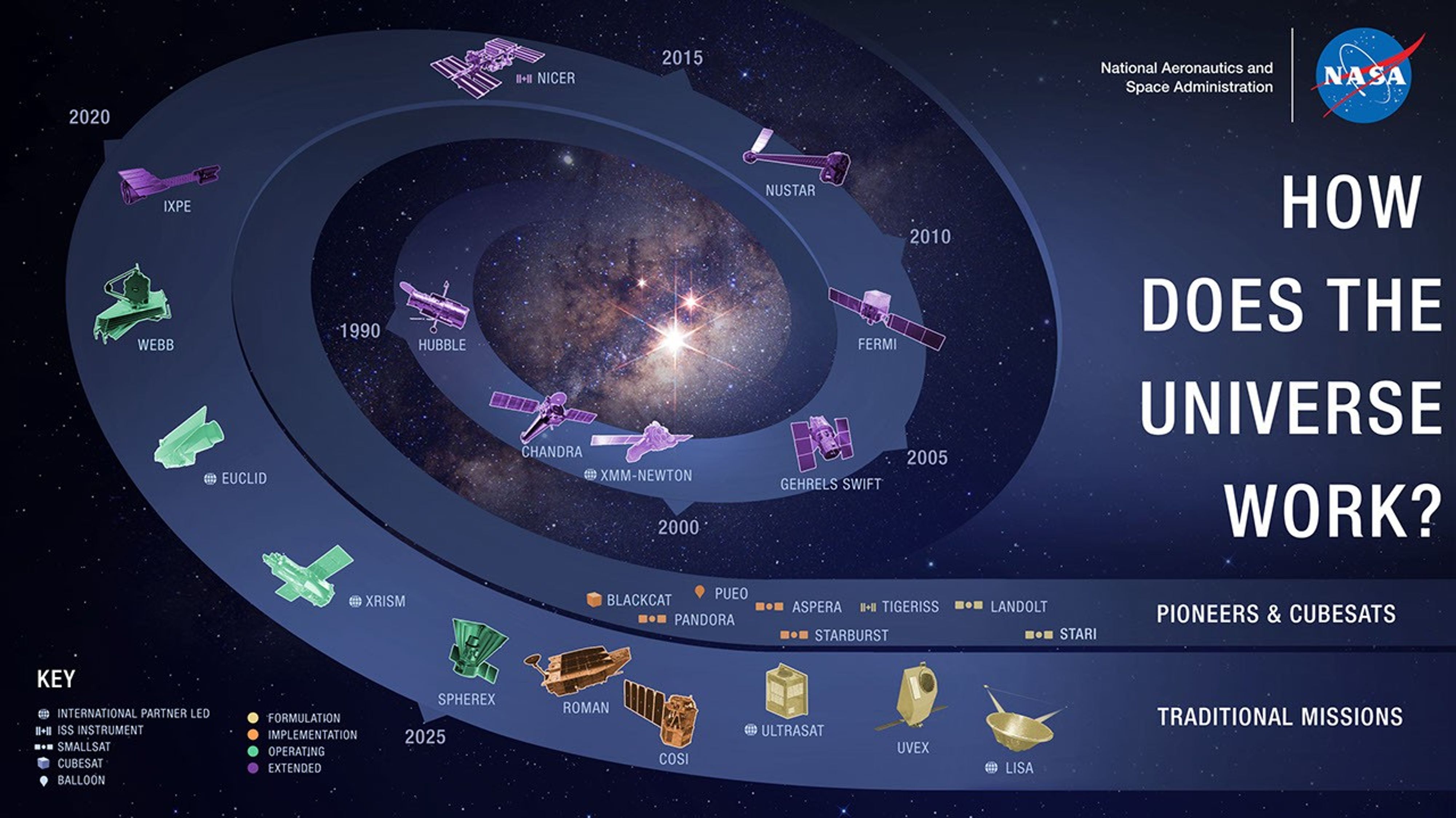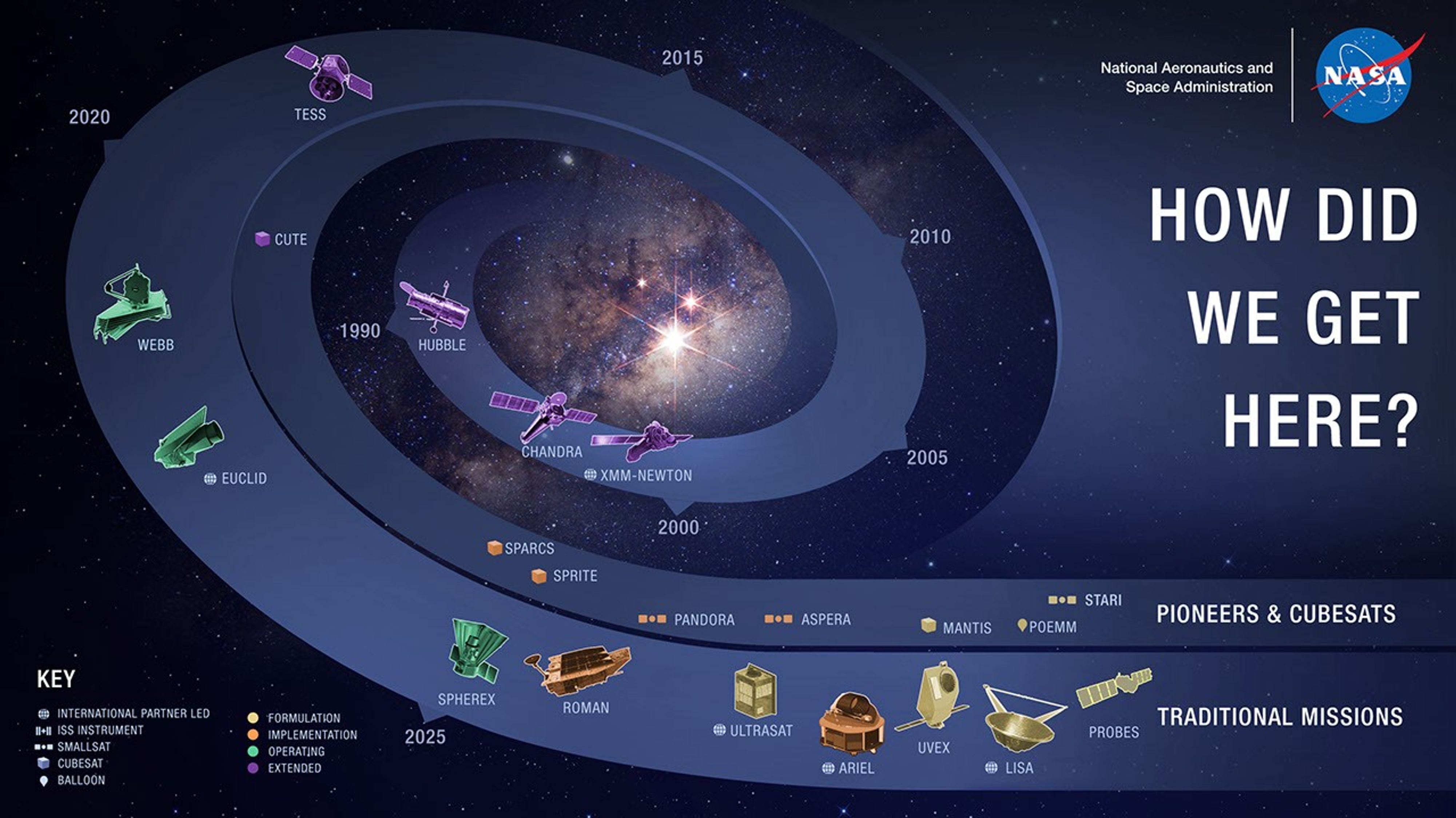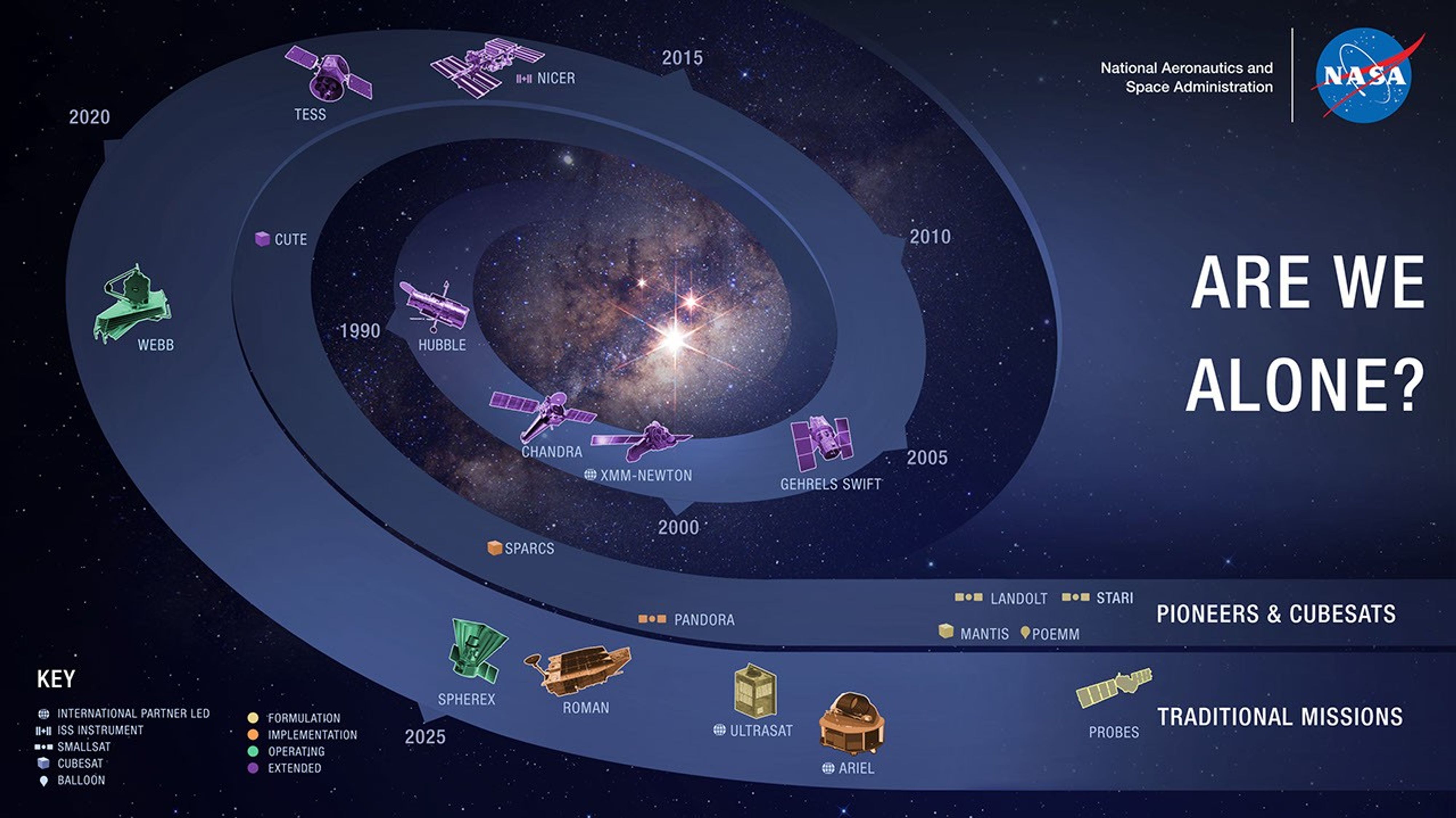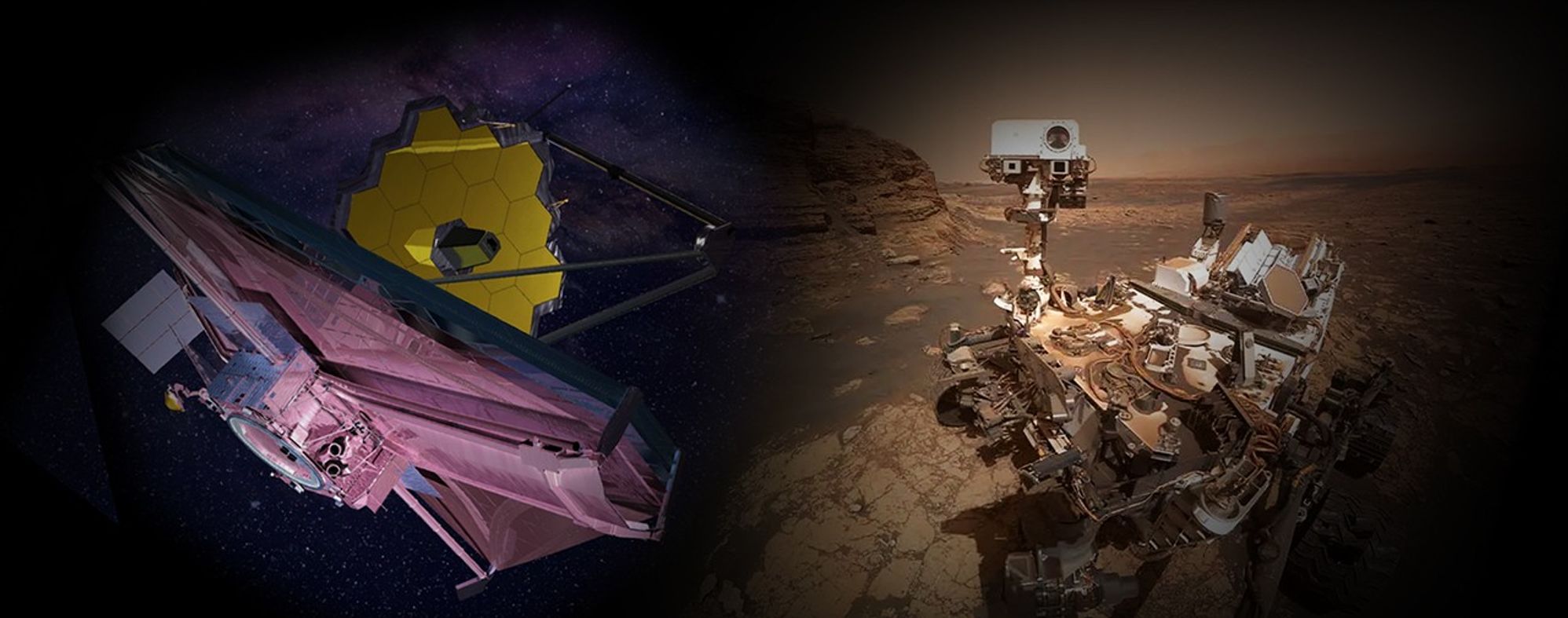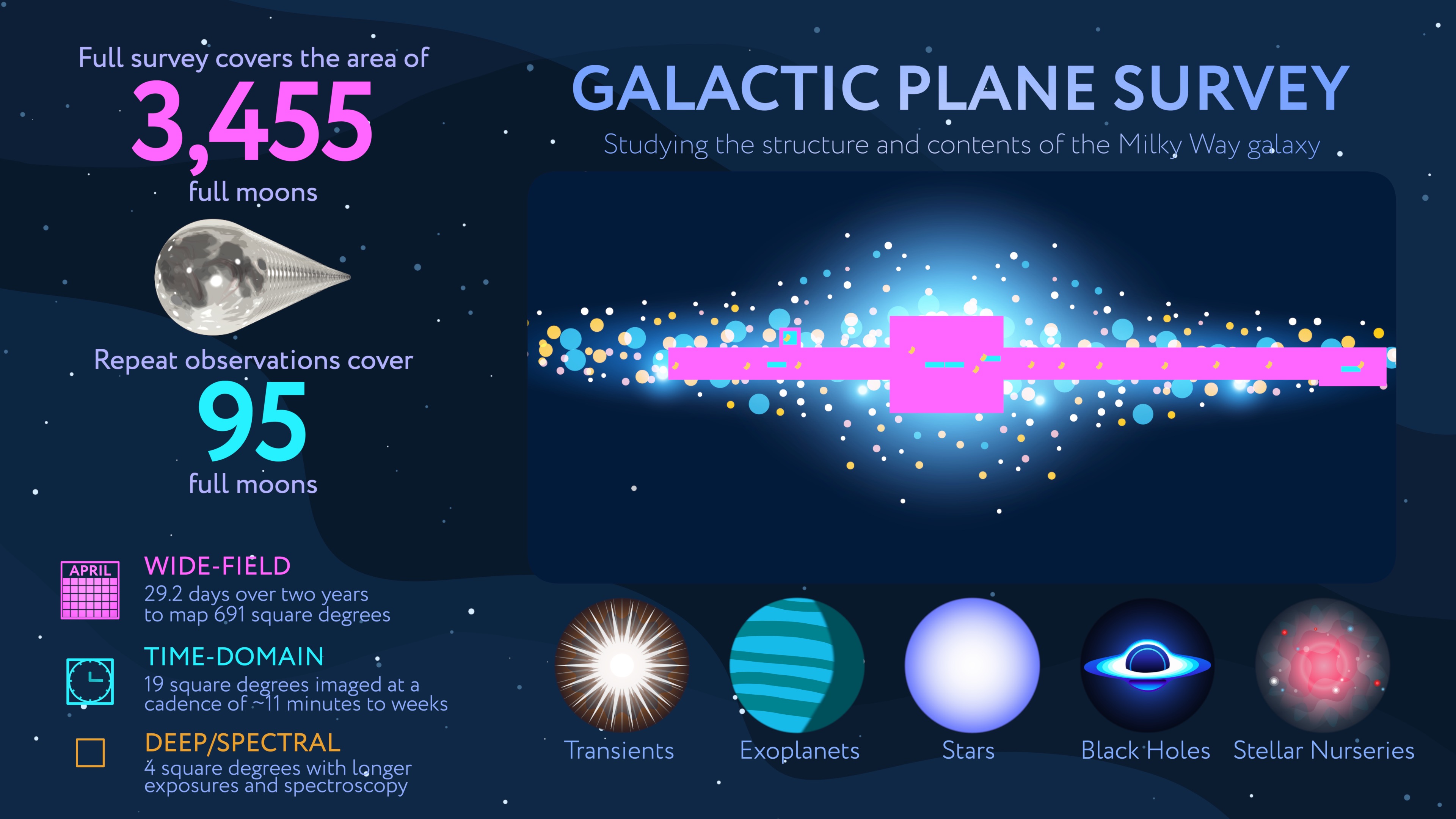Meet Our Flying Missions
NASA’s Astrophysics Division is dedicated to exploring the universe, pushing the boundaries of what is known of the cosmos, and sharing its discoveries with the world. The Division continues expanding humanity’s understanding of how the universe began and evolved, how it works, and whether there are places beyond Earth where life might thrive. By working together with collaborators and academic partners from all over the world, NASA researchers are making progress towards addressing the tantalizing questions of life in the universe, the early beginnings of the universe, and how it all works with leading-edge technologies and groundbreaking science.
| MISSION | YEAR LAUNCHED | MISSION STATUS | DESCRIPTION |
|---|---|---|---|
SPHEREx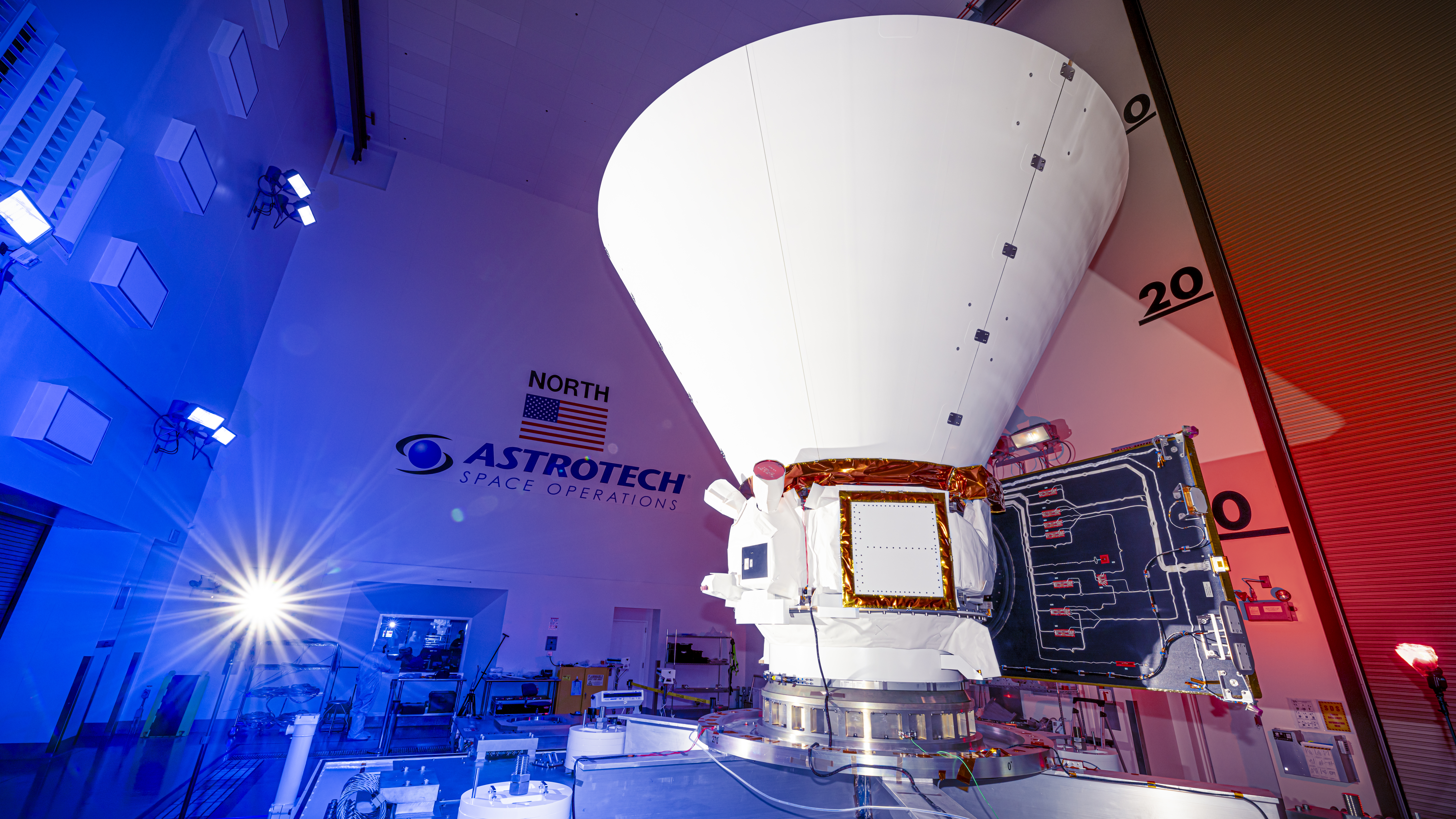 | 2025 | Operating | The SPHEREx (Spectro-Photometer for the History of the Universe, Epoch of Reionization and Ices Explorer) mission is providing an all-sky spectral survey. Over a two-year planned mission, the SPHEREx observatory will collect data on more than 450 million galaxies along with more than 100 million stars in the Milky Way in order to explore the origins of the universe. |
XRISM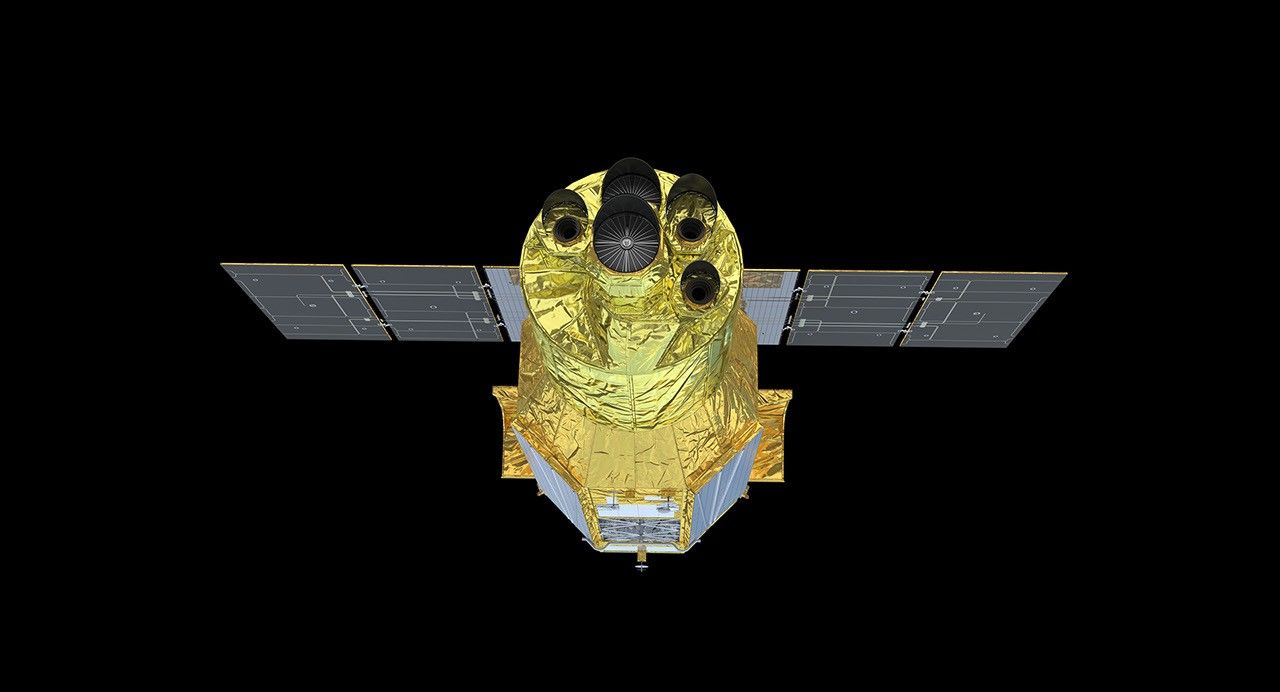 | 2023 | Operating | NASA is partnering with JAXA (Japanese Aerospace Exploration Agency) on the XRISM mission to study celestial objects that emit X-rays. The mission is investigating big cosmic questions like how the largest structures in the universe came to be, what happens to matter under extreme gravitational force, and how high-energy particle jets work. |
Euclid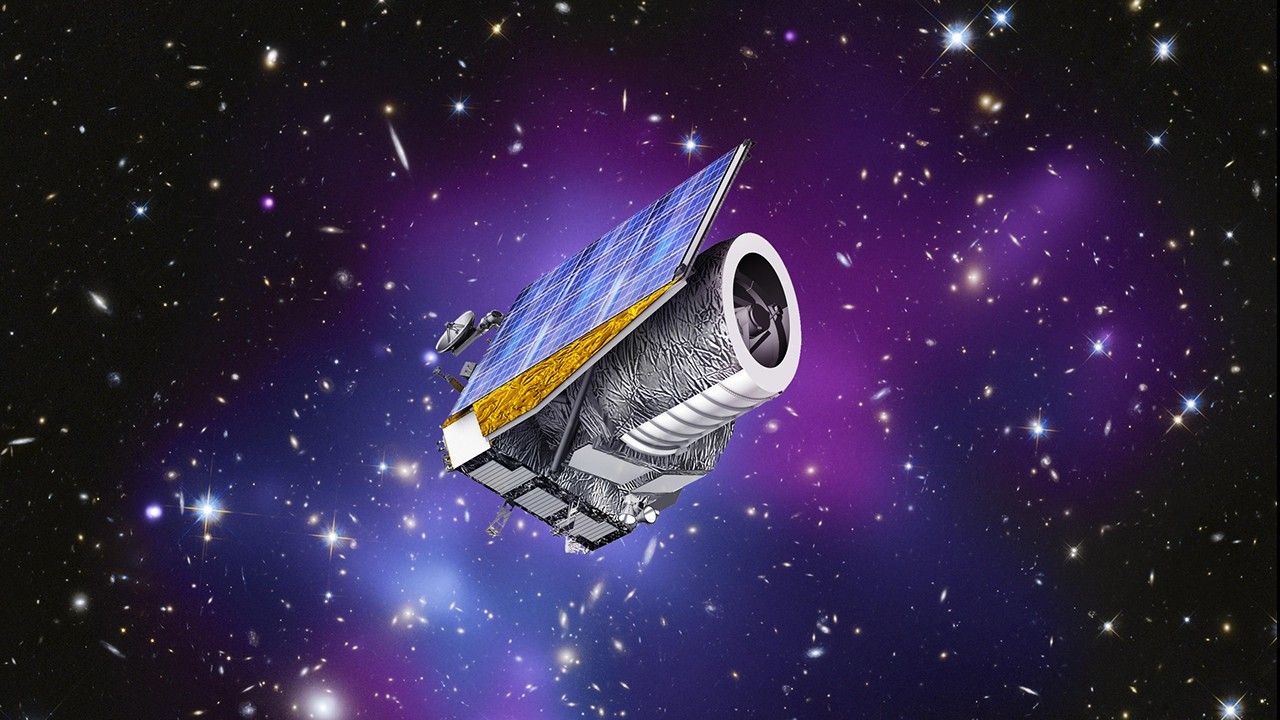 | 2023 | Operating | Euclid is an ESA (European Space Agency) mission with critical contributions from NASA that aims to explore two of the biggest mysteries about the universe today: dark matter and dark energy. To study the evolution of the “dark universe,” Euclid will observe billions of galaxies and create the largest cosmic map ever. |
Webb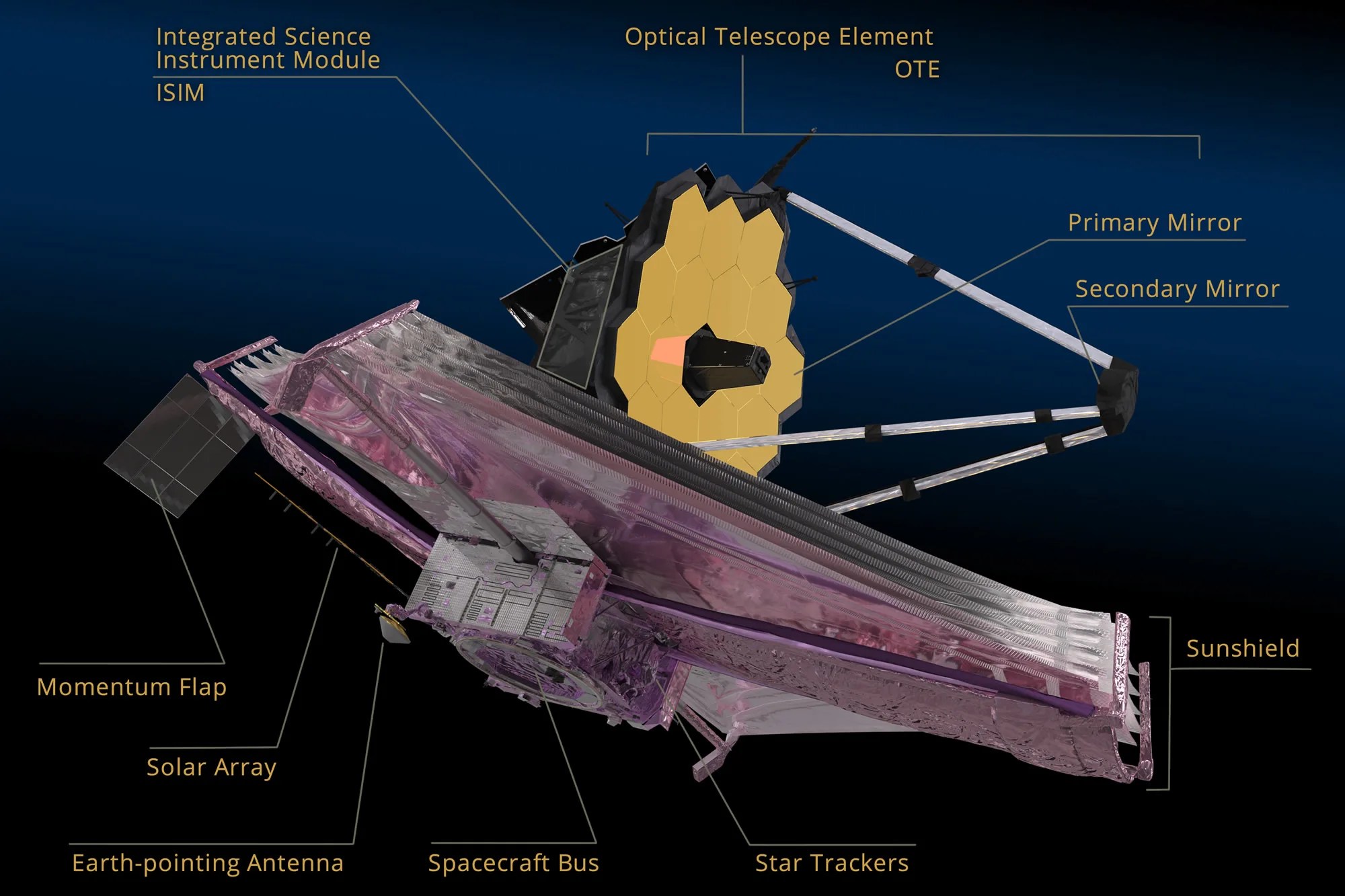 | 2021 | Operating | Webb is the premier observatory of the next decade, serving thousands of astronomers worldwide. Webb studies every phase in the history of our universe, ranging from the first luminous glows after the big bang, to the formation of solar systems capable of supporting life on planets like Earth, to the evolution of our own solar system. Webb launched on Dec. 25 2021. It does not orbit around Earth like the Hubble Space Telescope; it orbits the Sun about 1 million miles away from Earth at what is called the second Lagrange point or L2. |
CUTE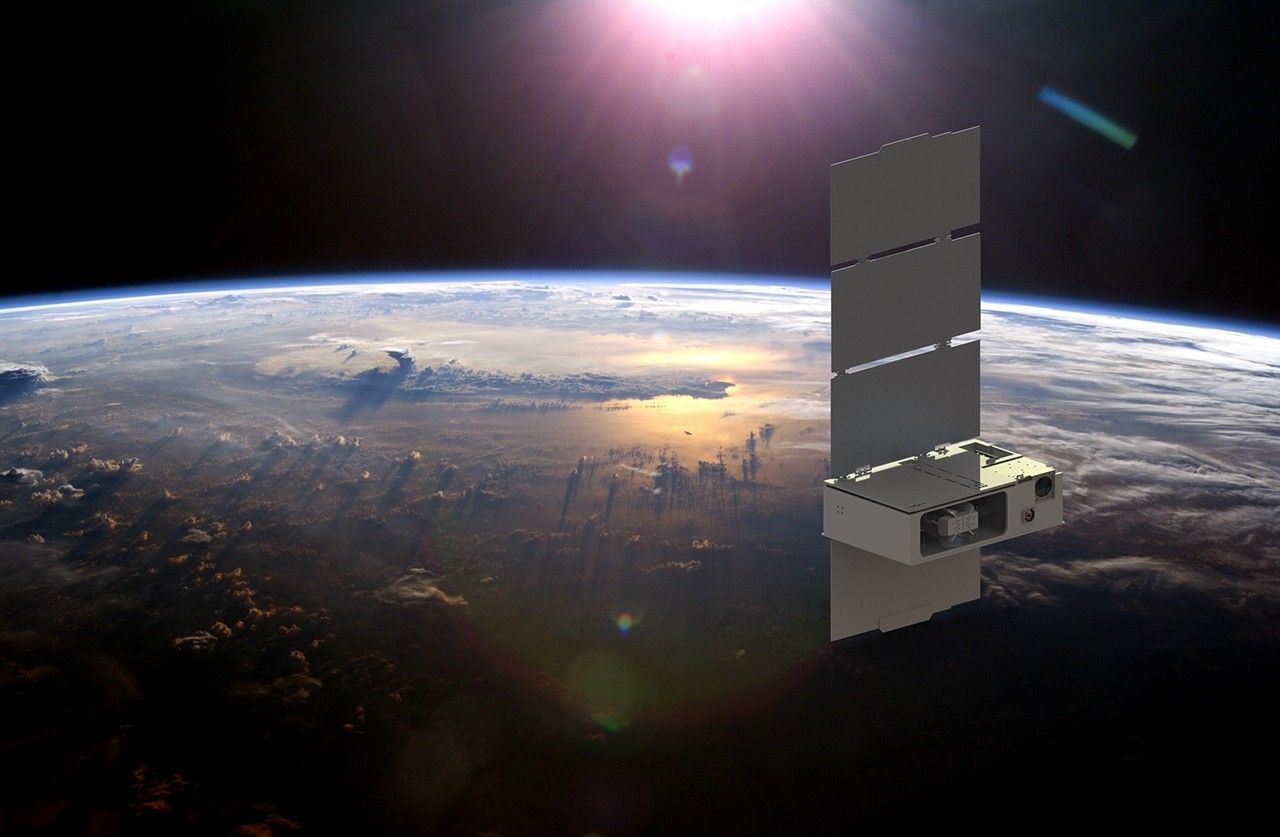 | 2021 | Extended | NASA’s Colorado Ultraviolet Transit Experiment (CUTE) mission employs a new design that enabled exoplanet science exploration using a small spacecraft for the first time. CUTE provides unique spectral diagnostics that trace the escaping atmospheres of close-in, ultra-hot, giant planets. In addition, CUTE’s dedicated mission architecture enables the survey duration required to characterize atmospheric structure and variability on these worlds. |
IXPE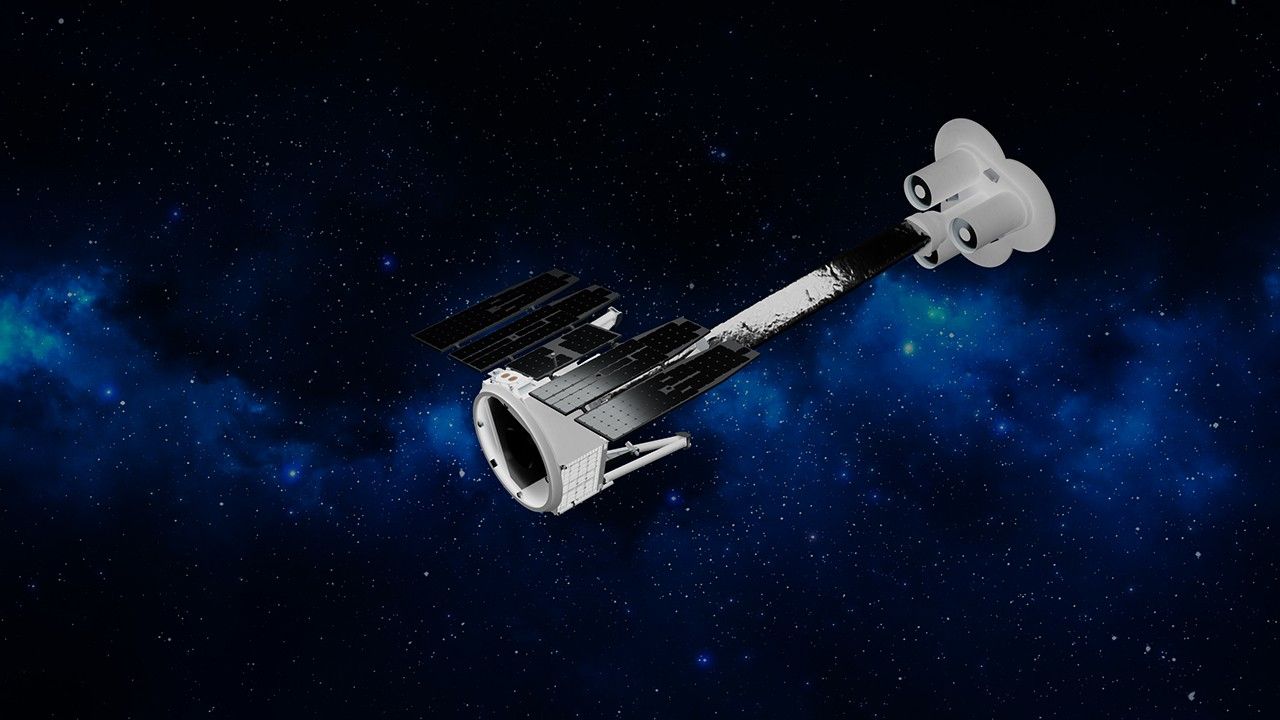 | 2021 | Extended | NASA's IXPE (Imaging X-ray Polarimetry Explorer) is studying targets such as active galactic nuclei, microquasars, pulsars and pulsar wind nebulae, magnetars, accreting X-ray binaries, supernova remnants, and the galactic center. It is specially equipped to measure the polarization of X-ray light. |
TESS | 2018 | Extended | NASA’s TESS (Transiting Exoplanet Survey Satellite) discovers exoplanets, worlds beyond our solar system. In the course of its extended observations of the sky, TESS also finds and monitors all types of objects that change in brightness, from nearby asteroids to pulsating stars and distant galaxies containing supernovae. |
NICER | 2017 | Extended | NASA’s NICER (Neutron star Interior Composition Explorer) is an X-ray telescope that studies neutron stars, black holes, and other phenomena from its home aboard the International Space Station. NICER also demonstrated the use of galactic pulsars as navigational beacons for future deep-space exploration missions. |
NuSTAR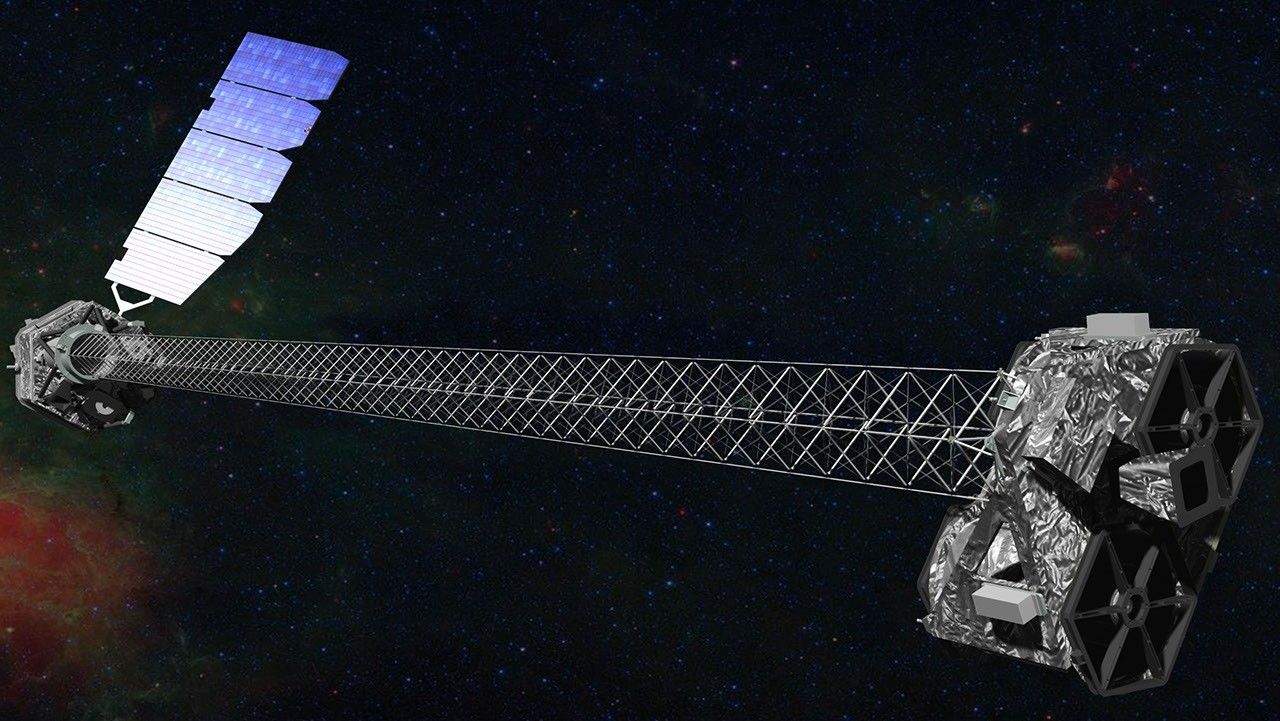 | 2012 | Extended | Studying the universe in high-energy X-rays to better understand the dynamics of black holes, exploding stars, and the most extreme active galaxies, this telescope was first to measure precisely the spin of a black hole, and contributed to the first-ever picture of a black hole. |
Fermi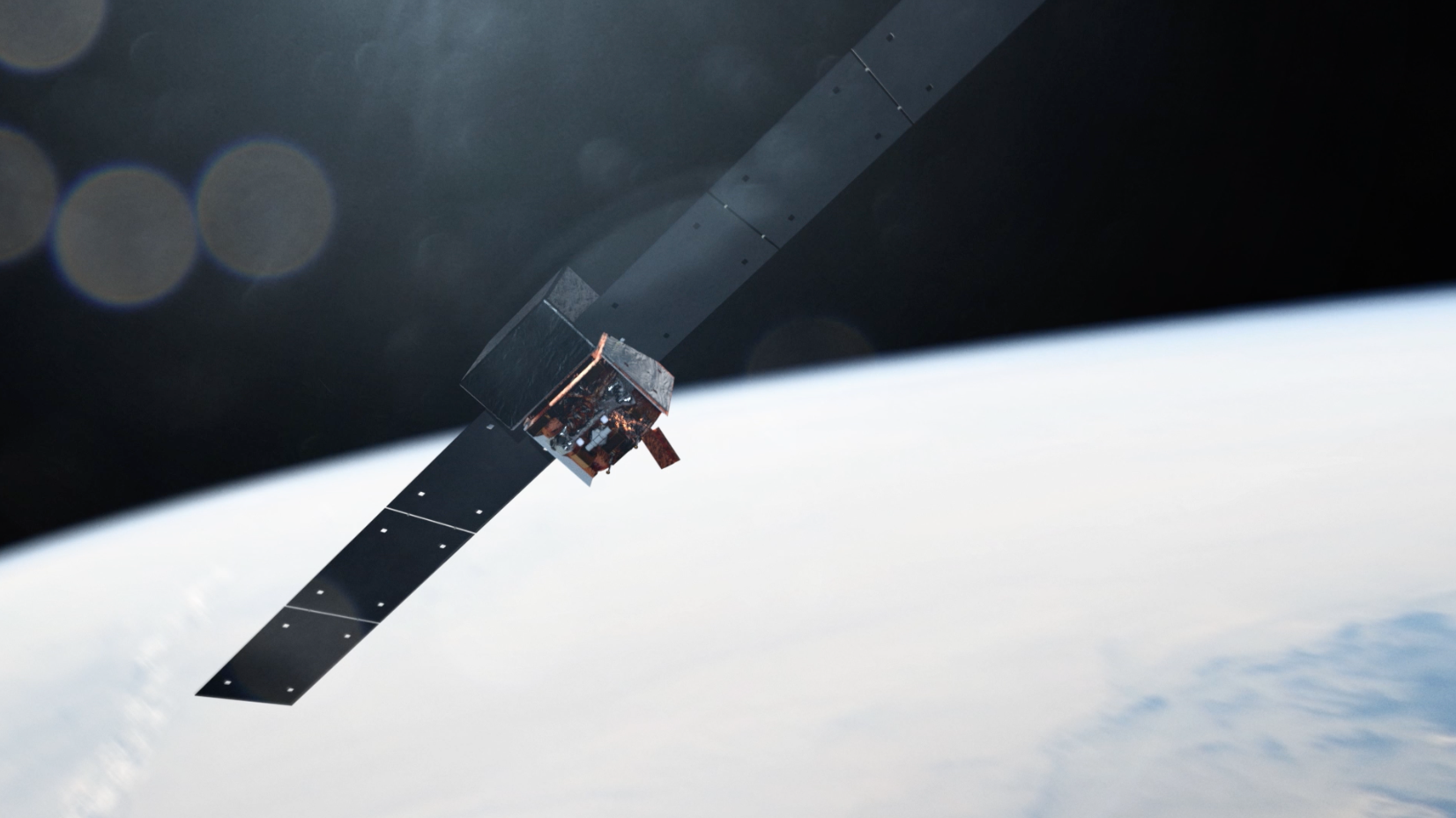 | 2009 | Extended | NASA's Fermi Gamma-ray Space Telescope is a powerful space observatory that detects gamma rays, the most energetic form of light. Fermi enables scientists to address questions across a broad range of topics, from crushed stellar remnants like pulsars and the origin of high-energy charged particles called cosmic rays to stellar explosions known as gamma-ray bursts. |
Gehrels Swift | 2004 | Extended | NASA’s Neil Gehrels Swift Observatory is a satellite that studies gamma-ray bursts, the most powerful explosions in the universe, and other cosmic objects and events. Swift houses three multiwavelength telescopes, collecting data in visible, ultraviolet, X-ray, and gamma-ray light. |
XMM-Newton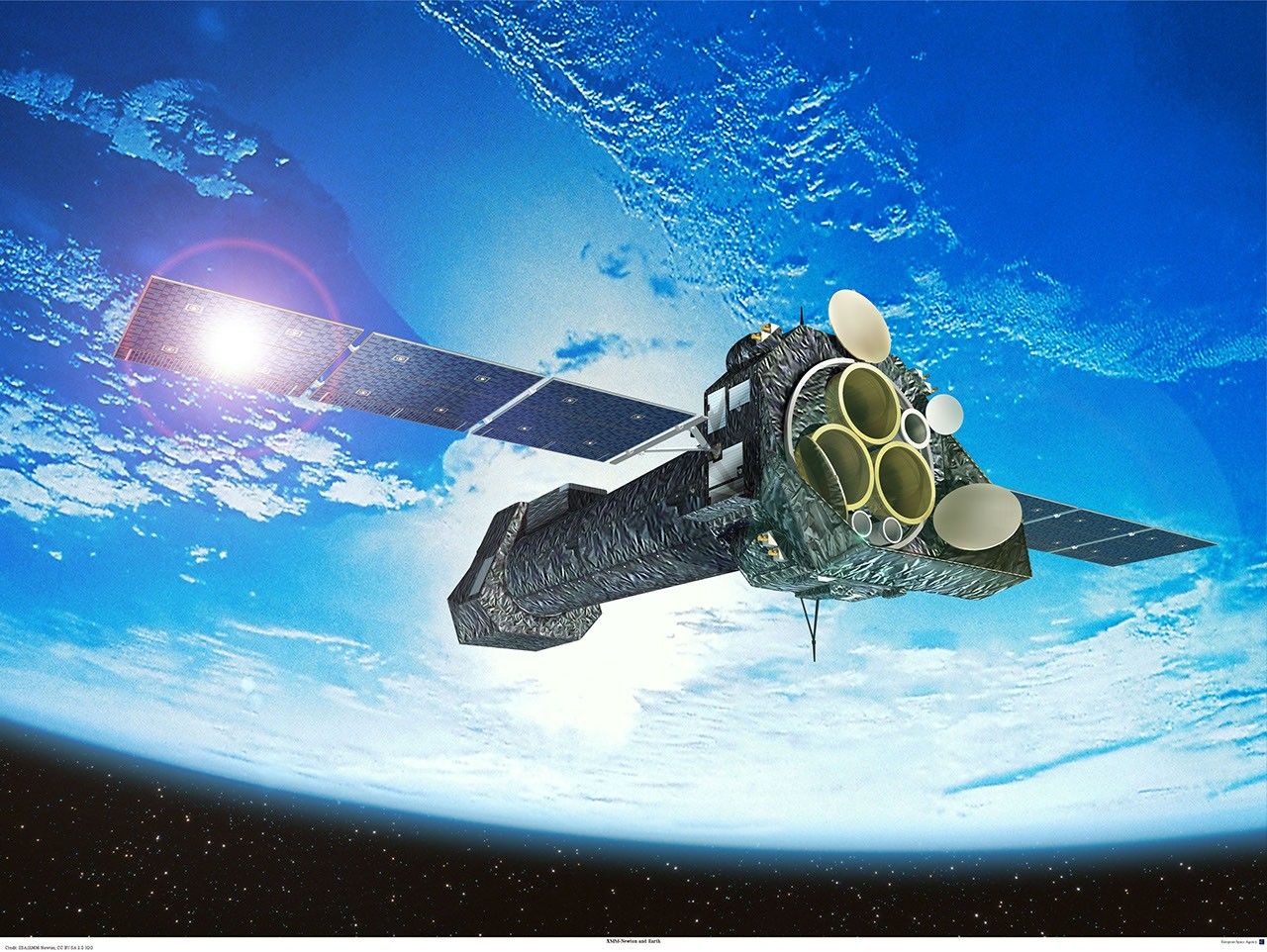 | 1999 | Extended | ESA's (European Space Agency) XMM-Newton is a space observatory whose X-ray and optical/ultraviolet telescopes study a wide variety of objects, from distant galaxy clusters to solar system planets. NASA supports the U.S. scientific community’s use of XMM-Newton and provided funding for elements of the instrument package. |
Chandra | 1999 | Extended | Chandra detects X-ray emissions from very hot regions of the universe such as exploded stars, clusters of galaxies, and matter around black holes. |
Hubble | 1990 | Extended | Throughout the history of science, revolutionary instruments propel our understanding with their landmark discoveries. The Hubble Space Telescope is a testament to that concept. Its design, technology and serviceability have made it one of NASA's most transformative observatories. From determining the atmospheric composition of planets around other stars to discovering dark energy, Hubble has changed humanity's understanding of the universe. |

























